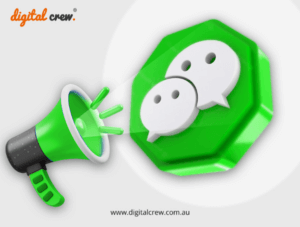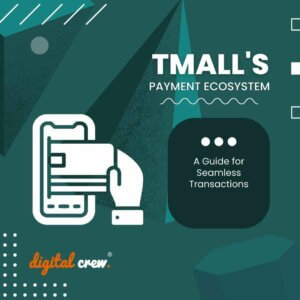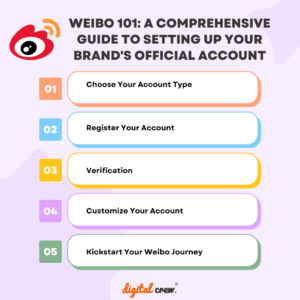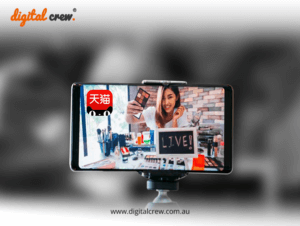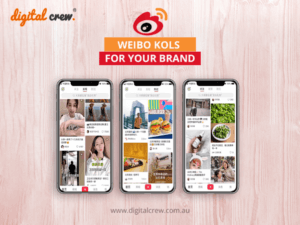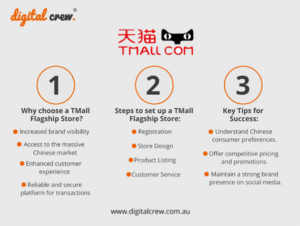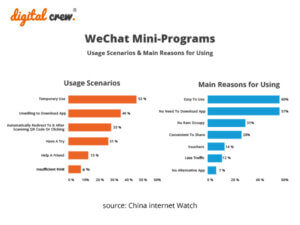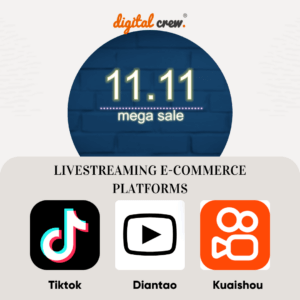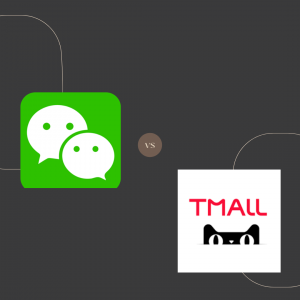The app market in China appears to be ripe for developers, with data from Statista showing there are around 1.3 billion mobile phone subscriptions registered in the country.
The app market is very competitive though, so it’s crucial to localise your apps for Chinese audiences.
Here are a few ways to go about it.
Mobile app localisation tips
- Localise the language
This is definitely not the first time we have mentioned language localisation, but it’s impossible to overstate how important it is in any Chinese digital marketing exercise, including your mobile app strategy.
Your apps need to look as if they were developed by a native speaker with the right language, terminology and keywords used.
Any language translation for your apps should be done by someone who is not only proficient in English and Chinese languages, but who also understands the local culture, trends and tastes, and comprehends what you are trying to achieve.
- Localise function and appearance
Localising not only applies to language, it also needs to apply to currency, time-zones, icons, colours, and the general way the app works.
- Local platform integration
It’s important to integrate local platforms into your apps, such as social media (Weibo and WeChat for instance) and payment methods (for example Alipay and WeChat Wallet).
- Form local partnerships
Forming a partnership with a Chinese local can be very useful for negotiating deals with local app stores, especially with Google Play currently being banned in China. Your partner should be able to help you find the most suitable stores for your apps in China, and to provide valuable information on the Chinese mobile app market.
- Test your apps
Your apps should be rigorously tested, including on different types of devices to ensure they work as they should.
One way to go about this is to use someone in the local region (such as your overseas partner) to test it for you and provide feedback. Testing needs to apply to all features including functionality, language, user experience, and just the overall feel of the app.
- Consider a ‘small-step’ approach
You might want to consider starting small. For example, you could test your translated app on the China market to see what response you get, before diving in and committing to full localisation.
Need some help getting started?
If you need assistance, our bilingual team has a deep understanding of the digital marketing landscape in China, and can help you with your mobile app localisation. Contact us to find out more!










